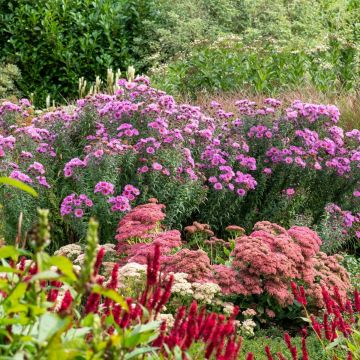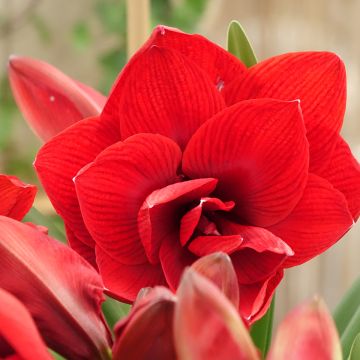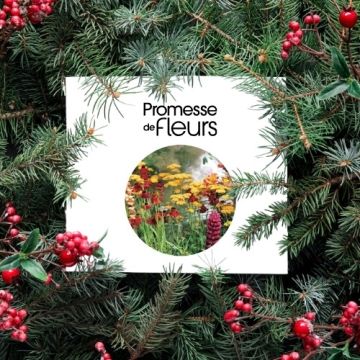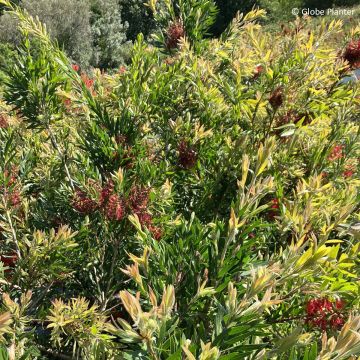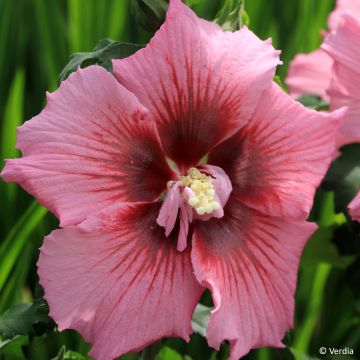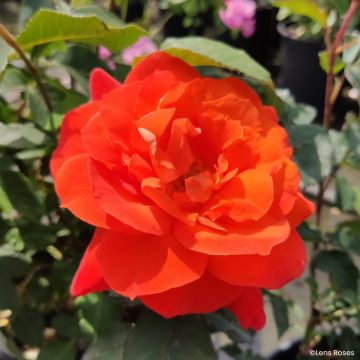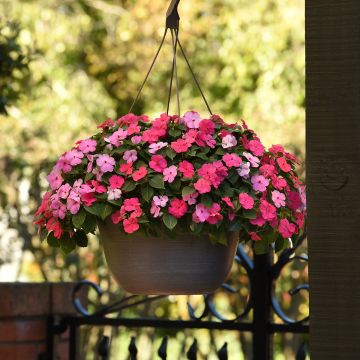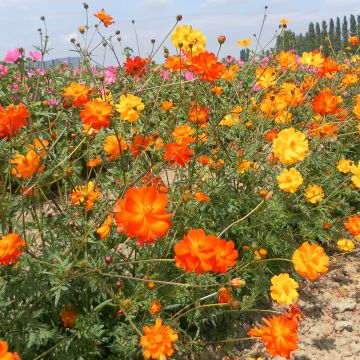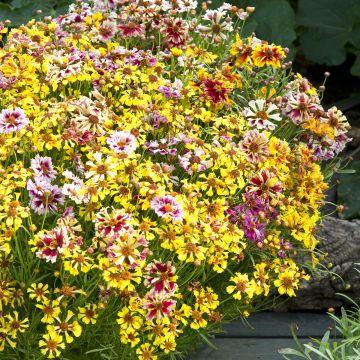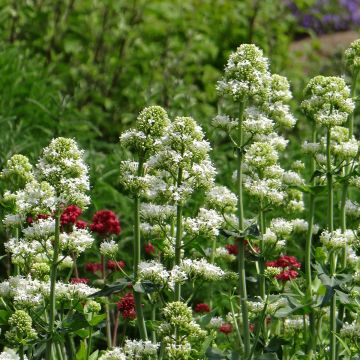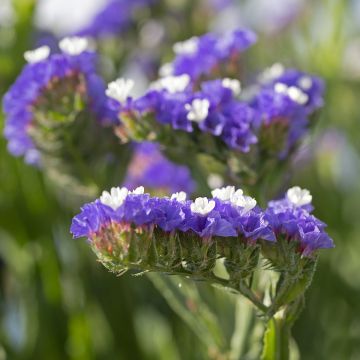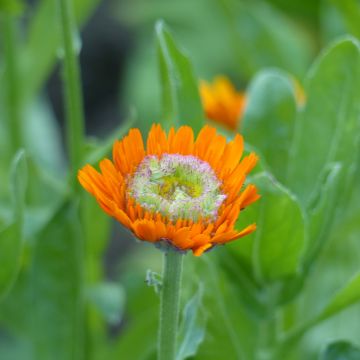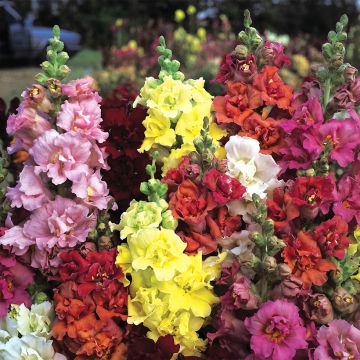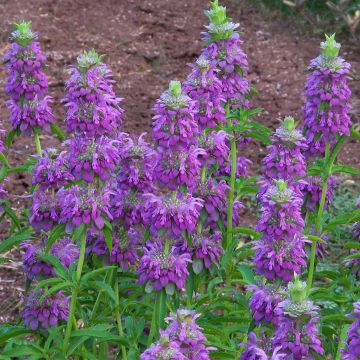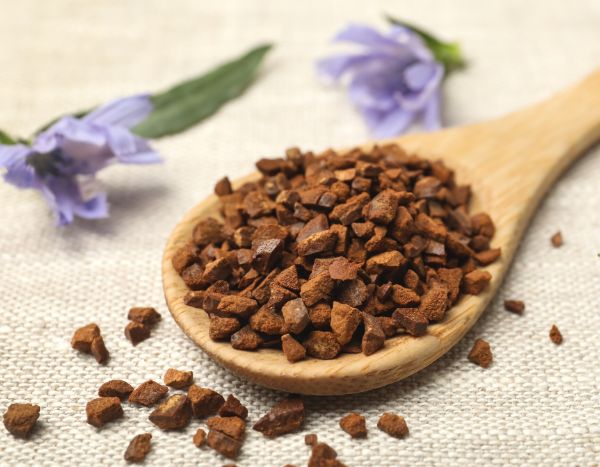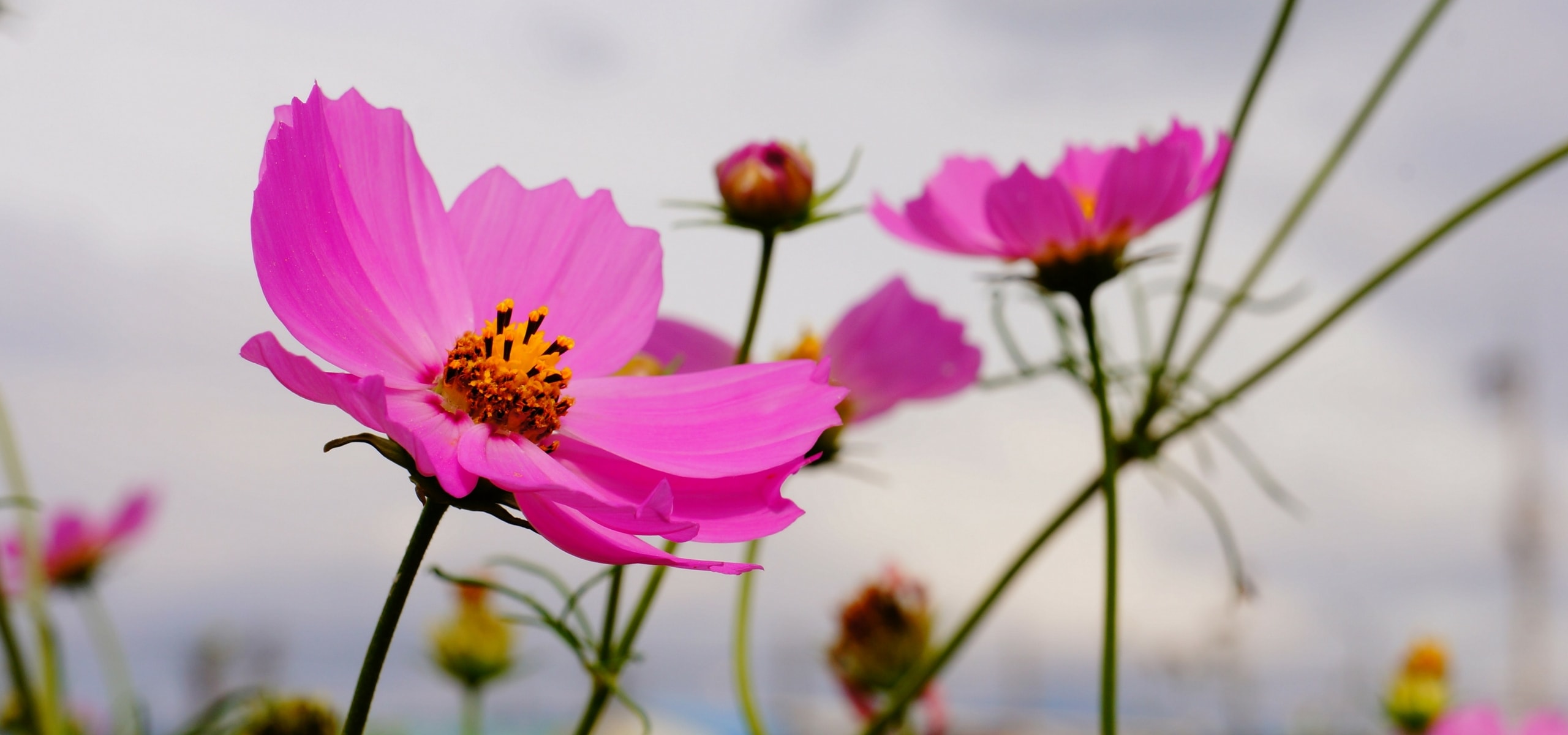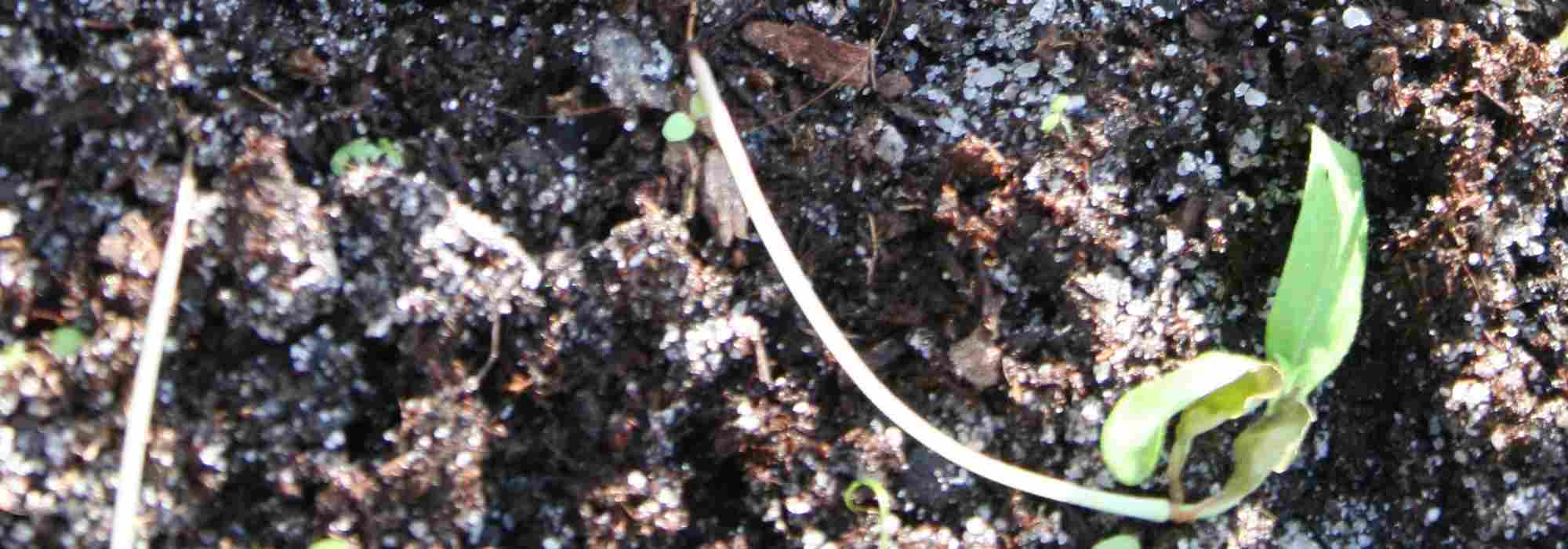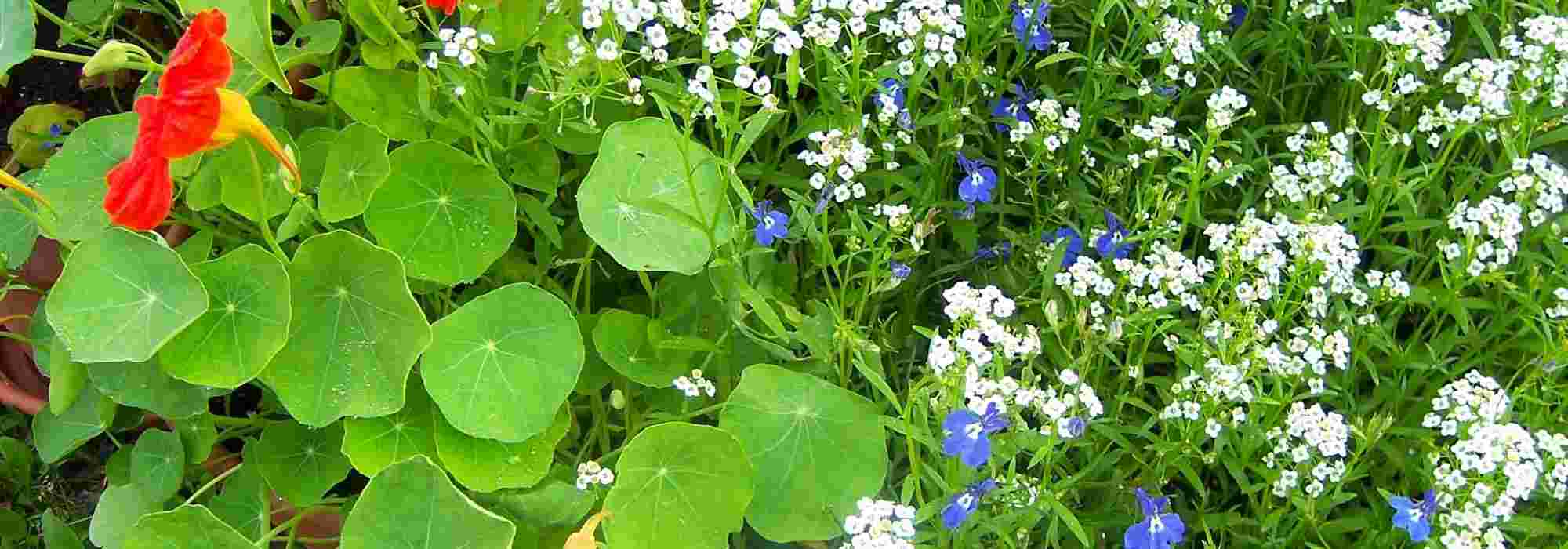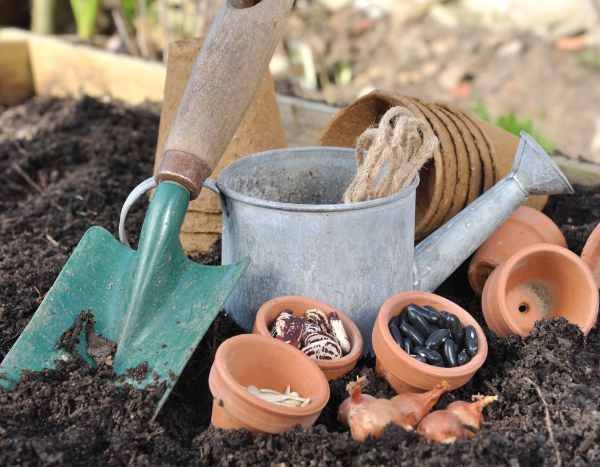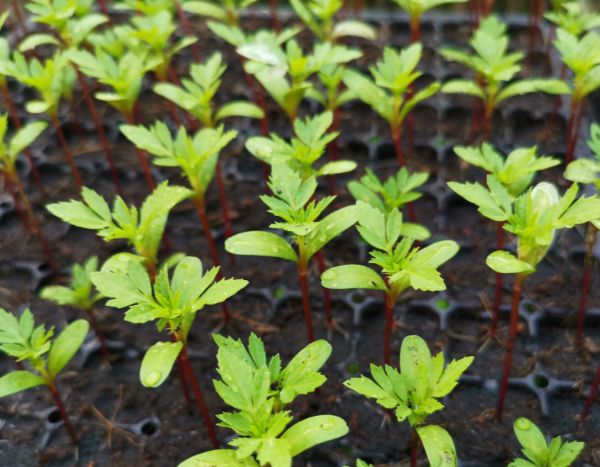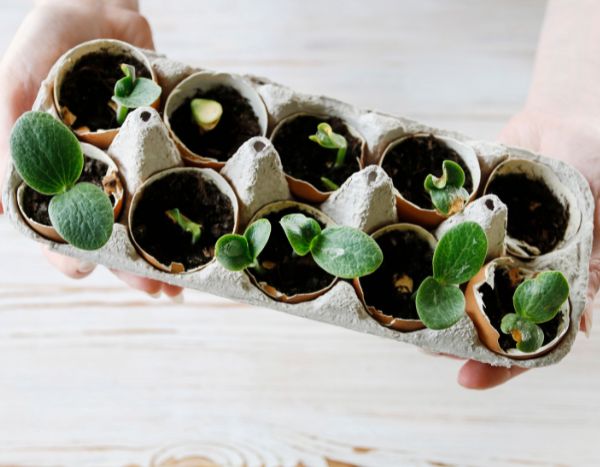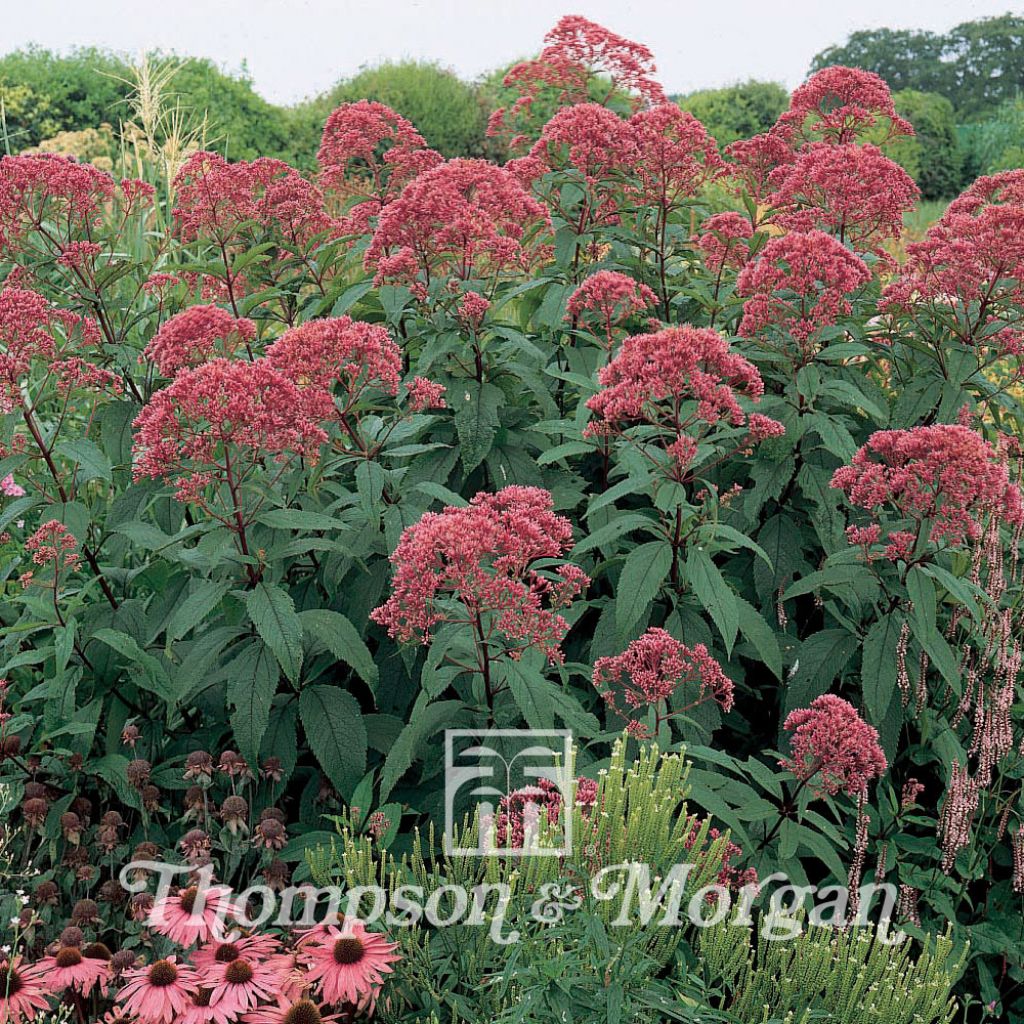

Eupatorium maculatum Atropurpureum Seeds
Eupatorium maculatum Atropurpureum Seeds
Eupatorium maculatum Atropurpureum
Spotted Joe-Pye Weed, Joe-Pye Weed, Spotted Trumpetweed
Special offer!
Receive a €20 voucher for any order over €90 (excluding delivery costs, credit notes, and plastic-free options)!
1- Add your favorite plants to your cart.
2- Once you have reached €90, confirm your order (you can even choose the delivery date!).
3- As soon as your order is shipped, you will receive an email containing your voucher code, valid for 3 months (90 days).
Your voucher is unique and can only be used once, for any order with a minimum value of €20, excluding delivery costs.
Can be combined with other current offers, non-divisible and non-refundable.
Why not try an alternative variety in stock?
View all →This plant carries a 6 months recovery warranty
More information
We guarantee the quality of our plants for a full growing cycle, and will replace at our expense any plant that fails to recover under normal climatic and planting conditions.
Does this plant fit my garden?
Set up your Plantfit profile →
Description
Eupatorium maculatum 'Atropurpureum' or Spotted Joe-Pye Weed is a tall and robust perennial. It forms large, mossy lilac flowerheads on wine-coloured stems that tower over contrasting dark green foliage.
Eupatorium maculatum 'Atropurpureum' is a herbaceous perennial belonging to the Asteraceae family, native to North America. It has an upright, bushy habit and generally grow to 2 m in height for a spread of 1 m. Its beautiful, deep dark green deciduous foliage is made up of lanceolate leaves. Terminal flower heads are arranged in large, 20 cm corymbs on sturdy wine-coloured stems, like fuzzy lilac pompoms. Although fairly late to appear, they flower throughout the summer until late October. Plants remain ornamental until winter thanks to seed heads topped with small, fluffy tufts which are gently dispersed by the wind.
Eupatorium maculatum Atropurpureum is an easy-going, undemanding plant. It is resistant to insects and diseases and attracts lots of pollinators, especially butterflies. Cold-hardy down to -15°C, it prefers damp or even marshy growing conditions and is ideal for growing at the edge of a pond. It adapts to all types of soil but prefers moist, rich and well-drained soils. Spotted Joe-Pye Weed looks great in wild, naturalistic gardens alongside double-blooming Eupatorium cannabinum Plenum. Cut back the stems in late autumn to maintain a compact habit.
Report an error about the product description
Flowering
Foliage
Plant habit
Botanical data
Eupatorium
maculatum
Atropurpureum
Asteraceae
Spotted Joe-Pye Weed, Joe-Pye Weed, Spotted Trumpetweed
North America
Other Thompson and Morgan seeds
View all →Planting and care
Sow from January to late June in good quality sowing mix, barely covering the seeds as they need enough light to germinate. Make sure that the soil is moist but not waterlogged, at a temperature of 18 to 24 °C. In their natural habitat, Eupatorium maculatum seeds need a period of cold to germinate. To help germination, leave your seeds in the lower part of your refrigerator for a few days before sowing. Germination generally takes 21 to 40 days.
Once the young plants are strong enough to be handled, transplant them into well-loosened soil, leaving about one metre between each plant.
Sowing period
Intended location
Planting & care advice
This item has not been reviewed yet - be the first to leave a review about it.
Haven't found what you were looking for?
Hardiness is the lowest winter temperature a plant can endure without suffering serious damage or even dying. However, hardiness is affected by location (a sheltered area, such as a patio), protection (winter cover) and soil type (hardiness is improved by well-drained soil).

Photo Sharing Terms & Conditions
In order to encourage gardeners to interact and share their experiences, Promesse de fleurs offers various media enabling content to be uploaded onto its Site - in particular via the ‘Photo sharing’ module.
The User agrees to refrain from:
- Posting any content that is illegal, prejudicial, insulting, racist, inciteful to hatred, revisionist, contrary to public decency, that infringes on privacy or on the privacy rights of third parties, in particular the publicity rights of persons and goods, intellectual property rights, or the right to privacy.
- Submitting content on behalf of a third party;
- Impersonate the identity of a third party and/or publish any personal information about a third party;
In general, the User undertakes to refrain from any unethical behaviour.
All Content (in particular text, comments, files, images, photos, videos, creative works, etc.), which may be subject to property or intellectual property rights, image or other private rights, shall remain the property of the User, subject to the limited rights granted by the terms of the licence granted by Promesse de fleurs as stated below. Users are at liberty to publish or not to publish such Content on the Site, notably via the ‘Photo Sharing’ facility, and accept that this Content shall be made public and freely accessible, notably on the Internet.
Users further acknowledge, undertake to have ,and guarantee that they hold all necessary rights and permissions to publish such material on the Site, in particular with regard to the legislation in force pertaining to any privacy, property, intellectual property, image, or contractual rights, or rights of any other nature. By publishing such Content on the Site, Users acknowledge accepting full liability as publishers of the Content within the meaning of the law, and grant Promesse de fleurs, free of charge, an inclusive, worldwide licence for the said Content for the entire duration of its publication, including all reproduction, representation, up/downloading, displaying, performing, transmission, and storage rights.
Users also grant permission for their name to be linked to the Content and accept that this link may not always be made available.
By engaging in posting material, Users consent to their Content becoming automatically accessible on the Internet, in particular on other sites and/or blogs and/or web pages of the Promesse de fleurs site, including in particular social pages and the Promesse de fleurs catalogue.
Users may secure the removal of entrusted content free of charge by issuing a simple request via our contact form.
The flowering period indicated on our website applies to countries and regions located in USDA zone 8 (France, the United Kingdom, Ireland, the Netherlands, etc.)
It will vary according to where you live:
- In zones 9 to 10 (Italy, Spain, Greece, etc.), flowering will occur about 2 to 4 weeks earlier.
- In zones 6 to 7 (Germany, Poland, Slovenia, and lower mountainous regions), flowering will be delayed by 2 to 3 weeks.
- In zone 5 (Central Europe, Scandinavia), blooming will be delayed by 3 to 5 weeks.
In temperate climates, pruning of spring-flowering shrubs (forsythia, spireas, etc.) should be done just after flowering.
Pruning of summer-flowering shrubs (Indian Lilac, Perovskia, etc.) can be done in winter or spring.
In cold regions as well as with frost-sensitive plants, avoid pruning too early when severe frosts may still occur.
The planting period indicated on our website applies to countries and regions located in USDA zone 8 (France, United Kingdom, Ireland, Netherlands).
It will vary according to where you live:
- In Mediterranean zones (Marseille, Madrid, Milan, etc.), autumn and winter are the best planting periods.
- In continental zones (Strasbourg, Munich, Vienna, etc.), delay planting by 2 to 3 weeks in spring and bring it forward by 2 to 4 weeks in autumn.
- In mountainous regions (the Alps, Pyrenees, Carpathians, etc.), it is best to plant in late spring (May-June) or late summer (August-September).
The harvesting period indicated on our website applies to countries and regions in USDA zone 8 (France, England, Ireland, the Netherlands).
In colder areas (Scandinavia, Poland, Austria...) fruit and vegetable harvests are likely to be delayed by 3-4 weeks.
In warmer areas (Italy, Spain, Greece, etc.), harvesting will probably take place earlier, depending on weather conditions.
The sowing periods indicated on our website apply to countries and regions within USDA Zone 8 (France, UK, Ireland, Netherlands).
In colder areas (Scandinavia, Poland, Austria...), delay any outdoor sowing by 3-4 weeks, or sow under glass.
In warmer climes (Italy, Spain, Greece, etc.), bring outdoor sowing forward by a few weeks.






























